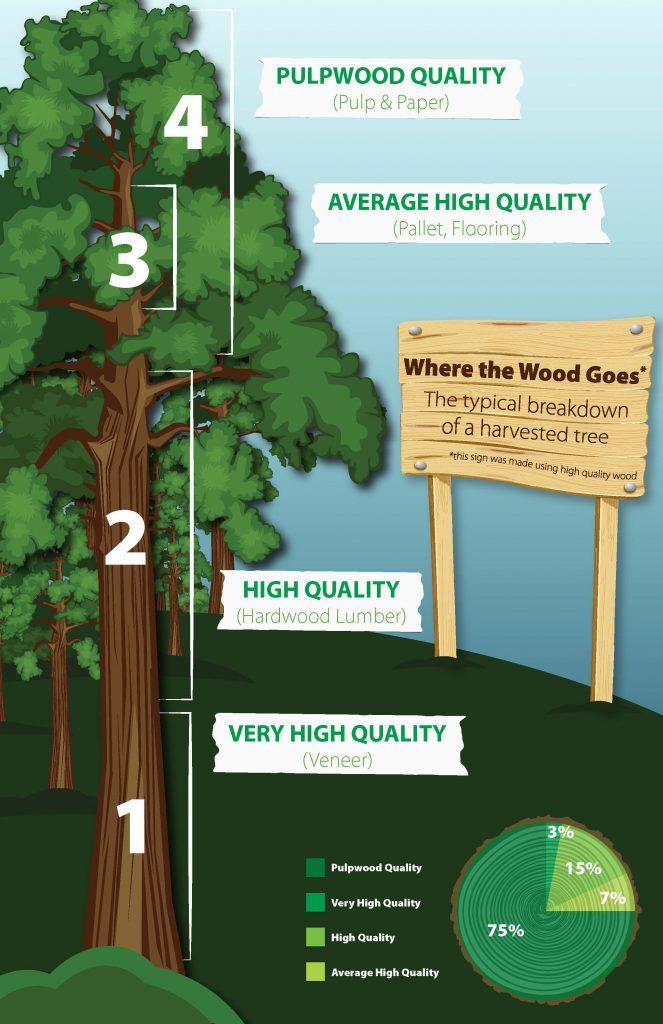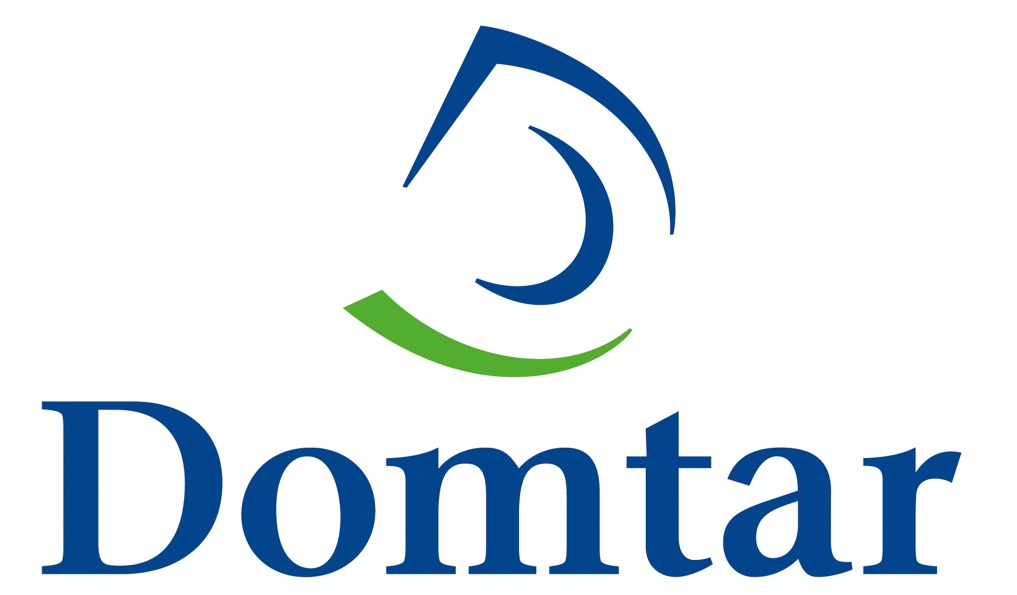Responsible Forestry in Kamloops Is Saving Wood From Slash Piles

A partnership between our Kamloops Mill and the Forest Enhancement Society of British Columbia, Canada, is allowing Domtar a new way to continue contributing to the circular economy by putting wood waste from slash piles to more productive use at the mill.
In British Columbia specifically, the wildfires of 2017 and 2018 rendered unusable a lot of high-value wood that would have been used to build homes and furniture. While the wood wasn’t destroyed, it was no longer considered suitable for high-quality purposes. Now, however, it’s perfect for use as biofuel.
Under the mill’s partnership with FESBC, announced in January, those types of low-value wood – in addition to branches and treetops that were previously discarded into slash piles and burned at logging sites – will instead be chipped and transported to the mill for use generating renewable power.
“We are very pleased to play a role in this project that allows us to access otherwise unused fiber from the forest, and use it to generate green electricity,” Kamloops Mill Manager Jean-Claude Allaire said.
A portion of that electricity will power the mill, while the remainder will be pushed to the grid helping power homes in the community. In fact, Allaire notes that the mill currently produces about 460,000 megawatts of renewable electricity each year. The mill itself is that power’s largest user. The remaining electricity pushed to the grid is enough to power about half of the homes in Kamloops in a year.
But generating green power for the mill and surrounding community isn’t the only benefit. There are also two greenhouse gas benefits:
- First, emissions from burning slash piles contain methane – a very potent greenhouse gas. While incinerating wood produces carbon dioxide, it generates very little methane.
- Second, the green electricity produced from woody biomass can potentially displace electricity that otherwise might have been made from fossil fuels in other jurisdictions.
The concept of finding a use for every condition and type of wood, while simple, is a crucial part of responsible forestry practices to ensure that no part of the tree is wasted after decades of growth.
“We are proud to have the opportunity to work with the Forest Enhancement Society of British Columbia,” Domtar Wood Procurement Vice President Kevin Belanger said. “The partnership aligns with our long-term sustainability strategy to do everything we can to put each tree to its best possible use with minimal waste. Doing so will help ensure that forests will remain viable for centuries to come.”

